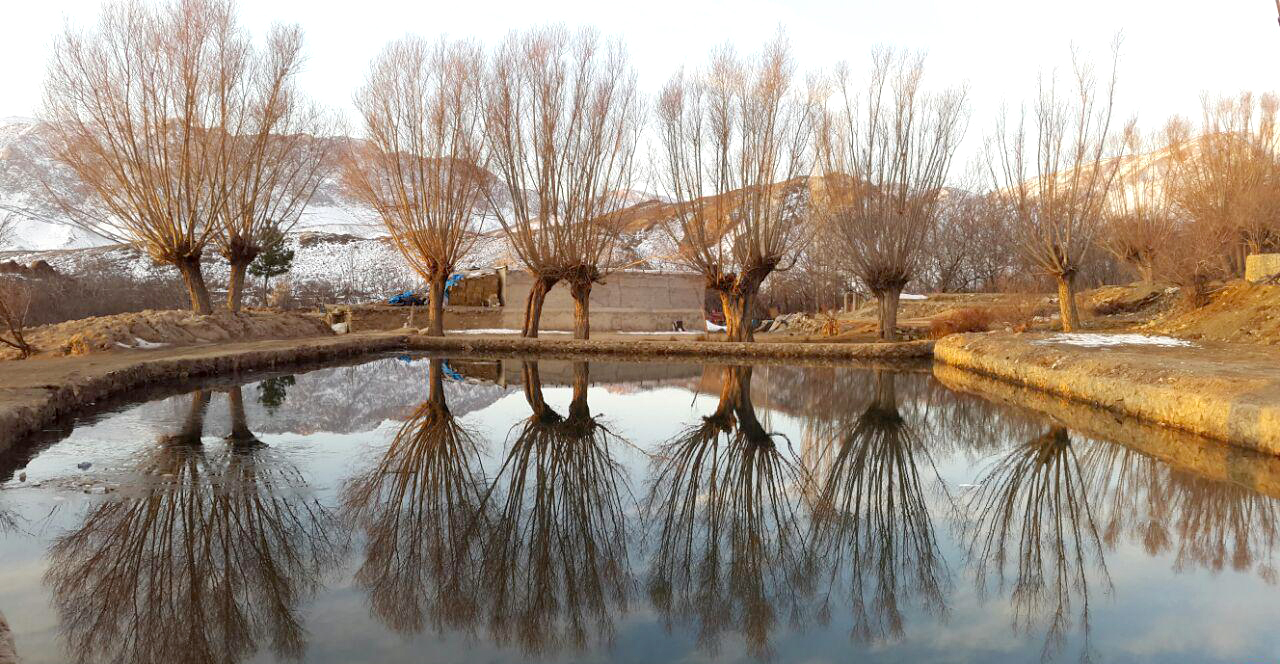Reports about transferring water from the Persian Gulf and Caspian Sea to the plains in central Iran have become a staple in and among news outlets. Advocates of the schemes say the projects are essential to battling drought and sustaining industrial activities (most of which, such as steel and petrochemical production, are water-intensive), while critics argue that the plans will only offer temporary solutions that are not worth their environmental and financial costs.
Energy officials apparently make up the bulk of the supporters, while the majority of the opponents are environmentalists, climatologists and activists.
Mohammad Darvish, a renowned environmentalist and director of the Public Participation Office at the Department of Environment, is a vocal critic. “I’m against interbasin transfer of water and completely opposed to any project that aims to divert water from the Caspian Sea,” he said. “In such projects the costs outweigh the benefits.”
Interbasin transfer or transbasin diversion refers to man-made conveyance schemes which move water from one river basin to another where water is less available, usually for development purposes.
Speaking to ISNA, Darvish said there are more feasible and sustainable means of meeting a region’s water needs without harming water resources in the long-term.
Recycling Wastewater
Recycling wastewater by treating it to a certain standard helps combat excessive water use, he said.
“We haven’t really explored this option in Iran. In some countries, they recycle water up to 18 times for irrigation,” Darvish noted, adding that with the current methods of irrigation in farmlands up to 35 billion cubic meters of wastewater is produced. “We’re missing a great opportunity by not recycling such huge volumes of water.”
To put things into perspective, Darvish, who is an expert on desertification, said 35 billion cubic meters of water is five times the country’s annual drinking water demand.
The agriculture sector gobbles up more than 90% of Iran’s scarce water resources, while the average Iranian uses 250 liters of water per day. In metropolises such as Tehran and Isfahan, it can even go up to 350 liters per day – three times the global average.
“So instead of spending money on setting up plants to recycle and conserve water, we’re willing to inject billions of dollars into water transfer projects that will lead to numerous problems,” he noted.
Agricultural Reforms
The next solution proposed by Darvish is overhauling farming policies; specifically those pertaining to the amount of food produced.
“Around 30% of our crops, which use 27 billion cubic meters of water, are destroyed because they never reach their intended consumers – that’s six times to global average!” he said.
The problem cannot be blamed on farmers alone. “It’s got a lot to do with how the crops are packaged and transported – a lot of food is spoilt during this process.
“We need to revamp the entire system. It’ll be money well spent.”
Ecotourism and Green Jobs
Darvish believes the large sums of money used to transfer water to dry regions, such as Semnan, Kerman and Yazd, in an effort to support water-intensive industries would be better spent on developing ecoroutism and other green jobs in drought-stricken provinces.
“If properly planned and executed, ecotourism will have minimal impact on water resources and will help develop local economies,” he said.
Taking stock of Iran’s diverse natural landscapes that can cater to different tastes, the official said developing ecotourism will also help Iran take a step toward “achieving its sustainable development goals and reducing environmental harm.”
Water experts have repeatedly called for policy reforms and advanced farming practices to tackle Iran’s huge water shortage, suggesting that the root cause of the problem is mismanagement and waste, and not the shortage of the precious resource.


